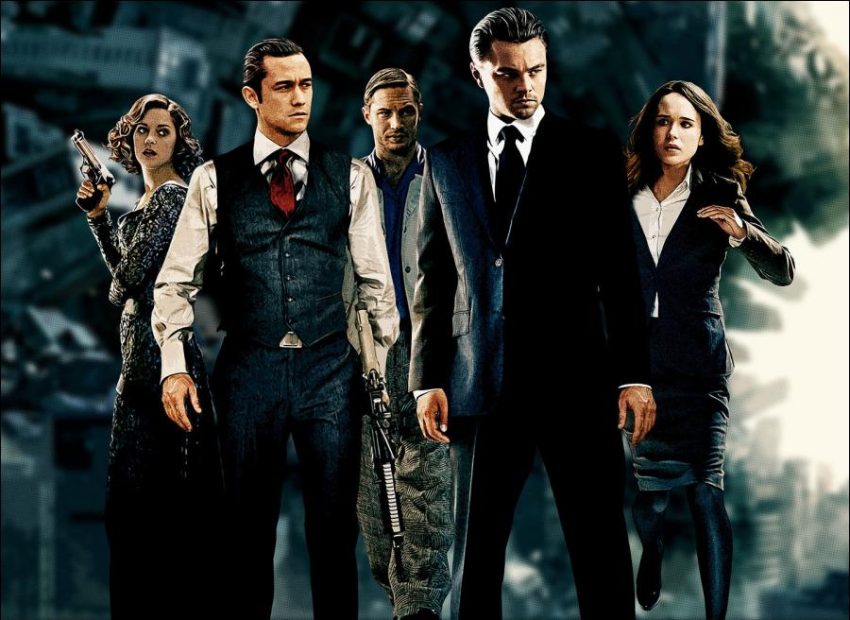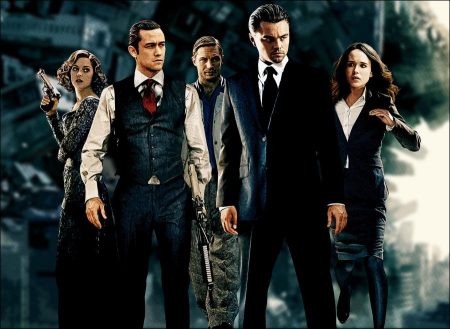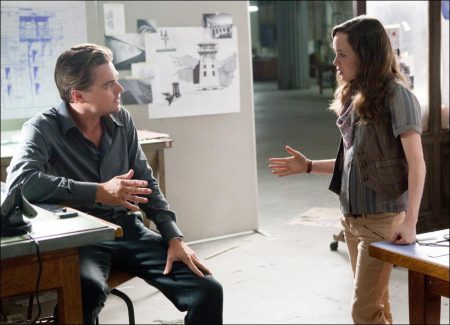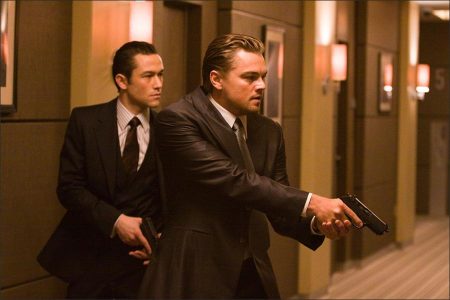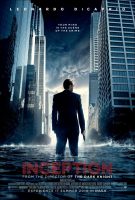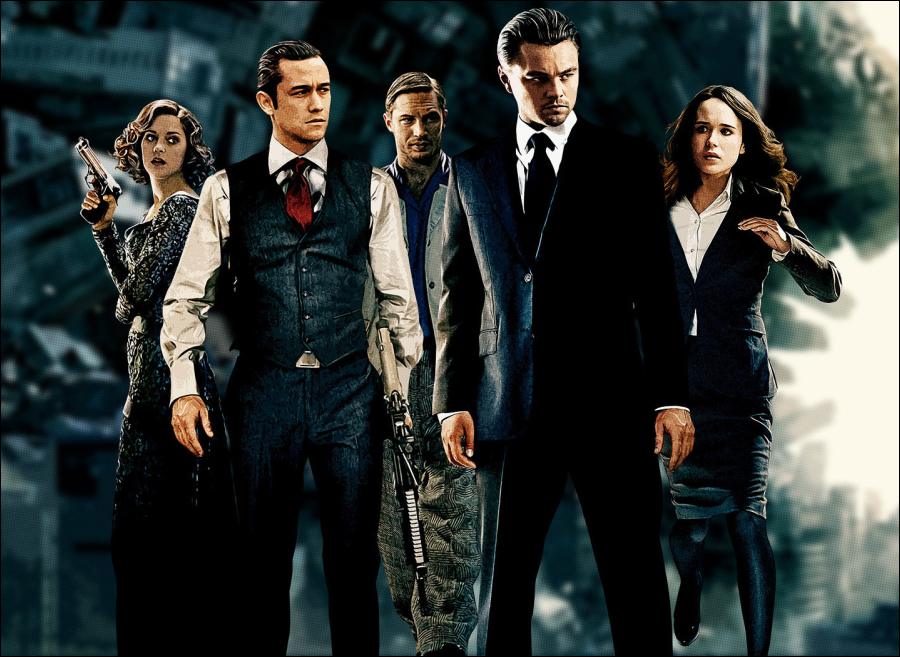Inception Shoting Locations
TOKYO
The earliest filming was done in Tokyo, where Saito makes his unusual business proposition to Cobb and Arthur, setting the story in motion. Opening on a skyscraper heliport, the scene transitions to aerial shots from Saito’s helicopter. Although that seemed fairly straightforward, Brigham contends, “It was actually somewhat complicated because Tokyo has very strict rules about where and how high helicopters can go. But it helped that we had a lot of cooperation from the local officials, who were terrific.”
“Chris has wanted to film in Tokyo for a long time so we appreciated the opportunity,” says Thomas. “We love the city; it’s such a sprawling, vibrant place and Chris really wanted to capture that on film.”
ENGLAND
Production then moved to one of Nolan’s favorite bases of operation: Cardington, a converted airship hangar, north of London. There, the mammoth stage could accommodate the sizeable yet intricate sets that would test everyone’s perception of up, down and sideways.
One of the most complicated sets was a long hotel corridor that was able to rotate a full 360 degrees to create the effect of zero gravity. Designing and building it required a partnership between production designer Guy Hendrix Dyas, special effects supervisor Chris Corbould, and cinematographer Wally Pfister.
The filmmakers originally envisioned the hallway at 40-feet long, but as the plan of action grew, so did the set’s length, ending up at 100 feet. The corridor was suspended along eight massive concentric rings that were spaced equidistantly outside its walls and powered by two giant electric motors. “I’ve built revolving sets before,” Corbould offers, “but nothing as big or as fast.” Once the set was up and running—or rather turning—it could spin up to eight revolutions per minute.
Corbould also worked closely with Pfister to determine how to place cameras in the revolving set. “I prefer handheld cameras, but it turns out I couldn’t hold the camera while rolling upside down,” Pfister deadpans. “So Chris Corbould and Bob Hall, from my department, devised a way to mount a remote control camera on a plate that ran on a track underneath the floor.”
Since the entire length and breadth of the corridor were often going to be in camera range, Pfister could not have traditional movie lights hanging from the ceiling. Instead, he says, “We came up with a practical lighting scheme using sconces and pendant lights that were on dimmers, which gave me a lot of flexibility.”
Apart from the corridor, there was also a revolving hotel bedroom set, which had its own challenges. Corbould explains, “The room set was smaller lengthwise, but there were only two rings, so there was a lot more weight on each ring.”
In designing the inside of the hotel sets, Dyas and his department had to bear in mind that there would be actors and stunt people working along every surface. “It became very apparent to me that if we were going to be bouncing people around the set, it needed to be made of soft materials,” Dyas says. “Fortunately, there are contemporary hotels that use leather and fabric to dress the walls, so we incorporated those soft finishes with padding underneath. We also had to make sure that objects like door handles and light fixtures would break on impact so no one would be hurt.”
That was good news to Joseph Gordon-Levitt and members of the stunt team, who spent a good deal of time negotiating the dizzying set for a major action sequence. Prior to filming those scenes, Gordon-Levitt spent weeks in training and rehearsing the action with stunt coordinator Tom Struthers and his team.
Inception (2010)
Directed by: Christopher Nolan
Starring by: Leonardo DiCaprio, Marion Cotillard, Cillian Murphy, Ellen Page, Joseph Gordon-Levitt, Ken Watanabe, Tom Hardy, Michael Caine, Lukas Haas, Magnus Nolan, Claire Geare, Pete Postlethwaite
Screenplay by: Christopher Nolan
Production Design by: Guy Hendrix Dyas
Cinematography by: Wally Pfister
Film Editing by: Lee Smith
Costume Design by: Jeffrey Kurland
Set Decoration by: Larry Dias, Douglas A. Mowat
Art Direction by: Luke Freeborn, Brad Ricker, Dean Wolcott
Music by: Hans Zimmer
MPAA Rating: PG-13 for sequences of violence and action throughout.
Studio: Warner Bros. Pictures
Release Date: July 16, 2010
